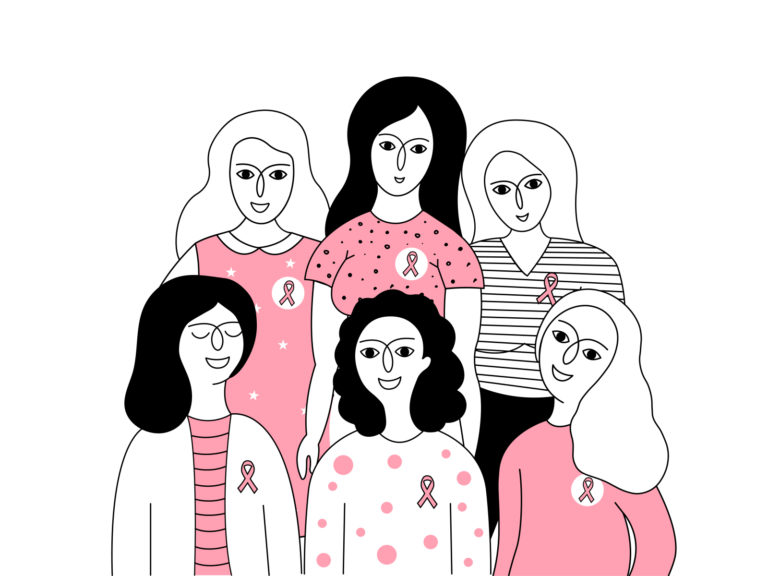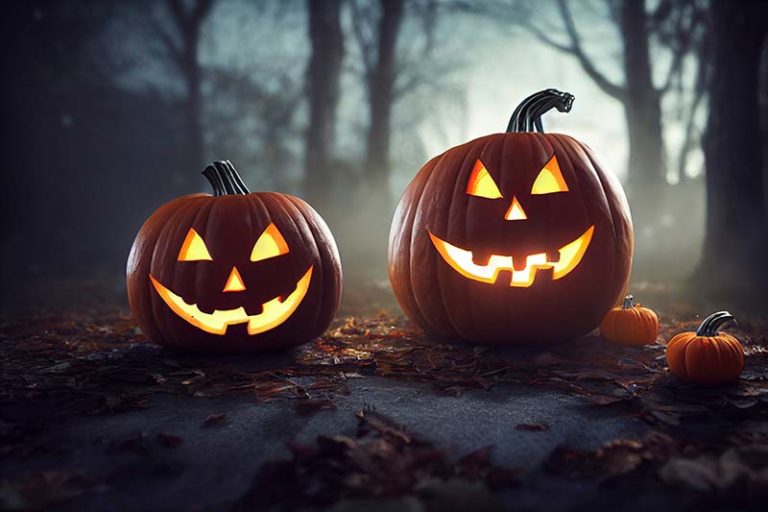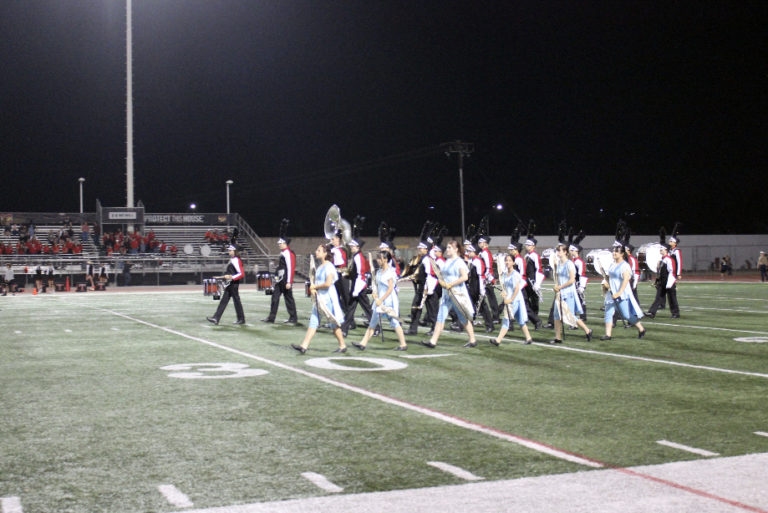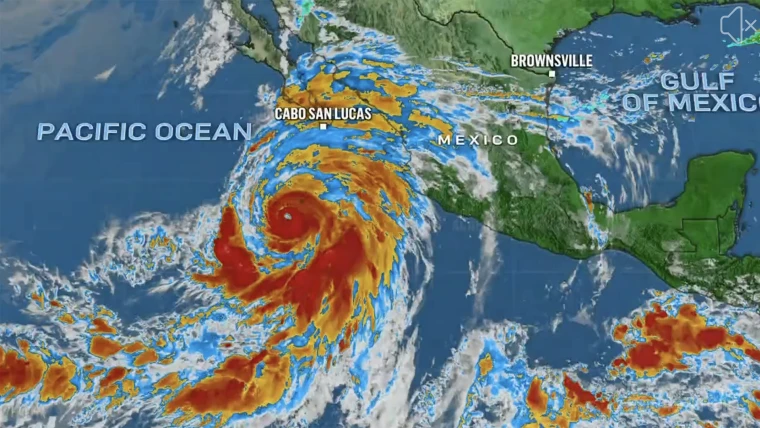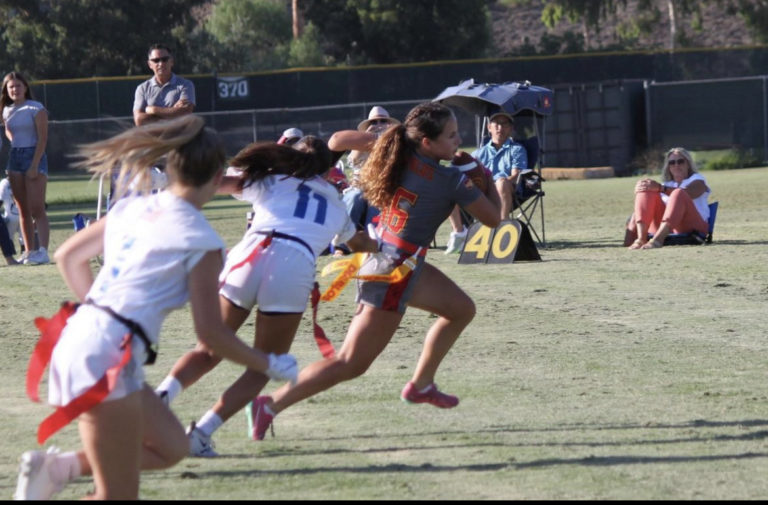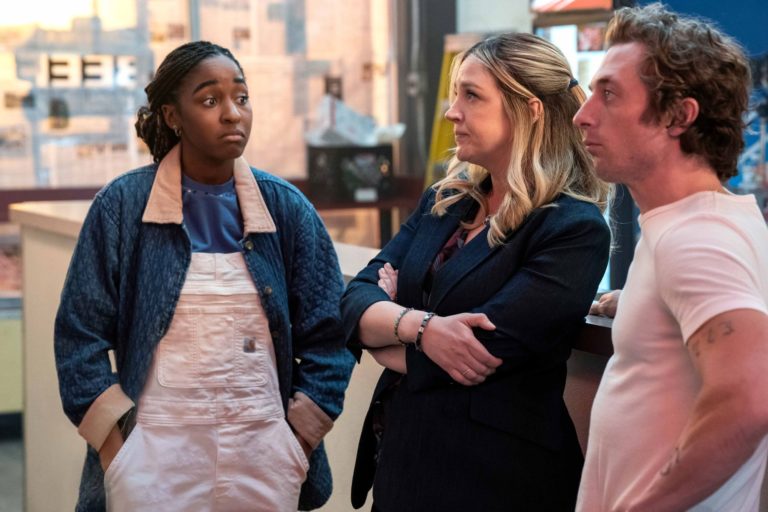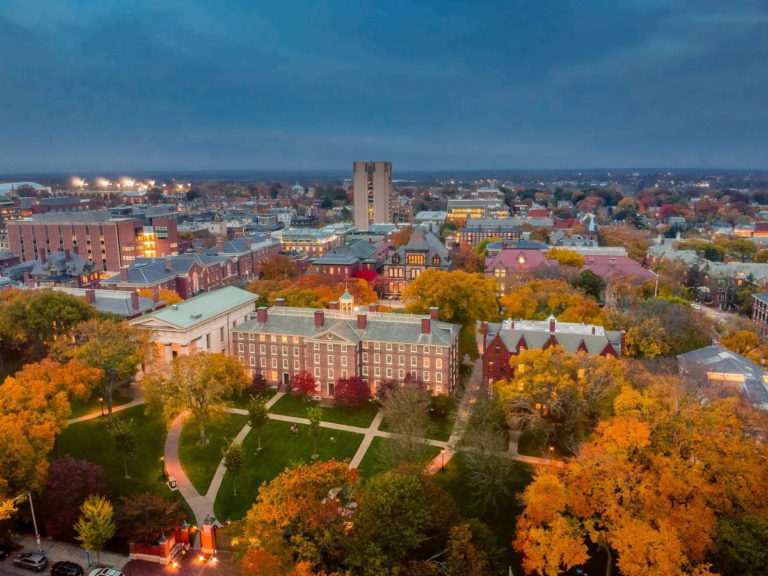October is the month of Halloween — the month of pumpkins, skeletons, spiders, and witches’ hats. Everywhere you turn, nature is celebrating the changing seasons with vibrant colors. And so are the stores you shop at, the houses on your street, and the decorations in your very bedroom.
Yet among this sea of oranges, reds, greens, purples, and blacks is arguably, the most vibrant of all: pink! And I’m not talking about the swarms donning Barbie-esque attire… I’m talking about the pink ribbon.
The very pink ribbon that has become the universal symbol of breast cancer. The very pink ribbon that, according to the National Breast Cancer Foundation, was created as a matter of protest against the low national budget for cancer prevention. Today, the ribbon is recognized as a powerful symbol representing breast cancer awareness.
The pink ribbon, which also comes in many variations to represent different types of breast cancer, is encouraged to be worn during October — Breast Cancer Awareness Month.
BreastCancer.org explains that the month originated from the American Cancer Association’s week-long awareness campaign, which developed into the month that is recognized today. Now, walks, runs, and other events take place throughout the month, with most participants adorned in pink attire.
Their goal is to raise awareness about the disease, gain funds to promote research, and provide support.
In case you’re not familiar, breast cancer is a disease that occurs when cancerous cells form in the breast tissues. There are many different types and stages of breast cancer, and, despite popular belief, it can affect anybody. Many factors can influence the risk of developing breast cancer, including age, ethnicity, and sex.
According to the National Breast Cancer Foundation, 1 in 8 women in the U.S. will receive a breast cancer diagnosis at some point in their lives. The source also mentions, “In 2023, an estimated 297,790 women and 2,800 men will be diagnosed with invasive breast cancer.”
And, horribly, an estimated 43,700 women in the United States will die from breast cancer in 2023. This is why it is so crucial to be conscious of breast cancer and methods of detection to prevent tragic results from the disease.
The Centers for Disease Control and Prevention explains that, though there is no way to eradicate the risk of breast cancer from your life, there are a few actions you can take to live a healthier lifestyle. According to the CDC, being active, keeping a healthy weight, and avoiding excessive alcohol use can all lower the risks.
However, breast cancer screening can help to detect breast cancer in its earliest stages, and therefore prevent the disease from becoming worse with time. The National Breast Cancer Foundation states that women who do not receive regular screenings have a death rate from breast cancer that is 26% higher than that of women who do.
The American Cancer Society explains that, “Breast cancer typically has no symptoms when the tumor is small and most easily treated, which is why breast cancer screening is important for early detection.” Some options for screening can include mammograms, MRIs, clinical breast exams, and self-breast exams.
Some ways that you can show support during Breast Cancer Awareness Month include donating to organizations such as the American Cancer Society, volunteering with organizations that advocate for cancer issues, educating yourself and your loved ones, and purchasing and wearing pink articles of clothing whose funds directly support the health campaign.
Breast Cancer Awareness Month or not, it is of the utmost importance to be aware of this information. The U.S. Office of Women’s Health states that cancer is the second leading cause of death for women in 2023, following heart disease.
By being equipped with information, you can help prevent not only yourself from breast-cancer-related death, but your loved ones as well.
As the National Breast Cancer Foundation conveys, “Chances are, you know at least one person who has been personally affected by breast cancer.”
As somebody who has lost a truly amazing woman to breast cancer, my grandma, I cannot stress enough how important this topic is. I know how important it is to stay on top of monthly self-breast exams and will never miss a regular professional screening once I am of age. I implore you all, whoever you are, to do the same.
When it comes to breast cancer awareness, and, really, to life in general — it’s one thing to be aware, but it’s essential to be active.

